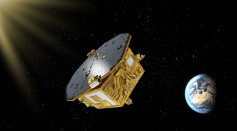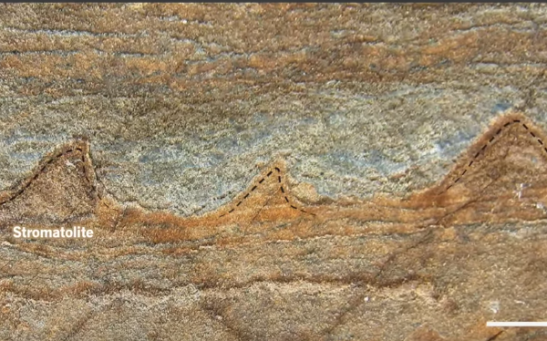Earth

Volcanoes Make It Easier To Locate Life In Universe

Earth Was Surrounded By A Solid Shell In The Beginning Suggests A New Research

NASA Will Turn Mars Dirt And Soil Into Astronauts’ Houses By 3D Printing

The Brightest And Farthest Pulsar Discovered In Splinter Galaxy By ESA

Earth's Iron Signature Discovered By Scientist Using Rock Samples

India Discovers 7 New Tiny Frogs

Microorganisms And Rocks Are First Life On Earth

The Reason Behind NASA’s Exploration In Antarctica For Frozen Alien World

Astronomers Discover 'Super Earth', 60 More Planets Near Solar System

Fossils Prove Life Flourished Fast Even After Mass Extinction

Trump Wants NASA To Send Man On Moon

India Launches Rocket With 140 Satellite Breaking Russia’s 37-Satellite Rocket Launch

Climate Change Affects Wildlife More Than Media Reports

Scientists Finally Know What Makes Earth’s Inner Core Solid Despite Extreme Heat
Most Popular

How Technology Is Changing the Real Estate Industry?

AI Revolution in Medical Education: Transforming How Healthcare Professionals Learn

Zombie Star Set to Light Up Night Sky: Blaze Star Could Erupt Soon

Nikolay Karpenko Biography, Photo, Career, Accomplishments






